Deauville: the Rise of the French glamorous Riviera on the Normandy Coast
- Margareth
- Oct 30
- 2 min read
Deauville is regarded as the “queen of the Norman beaches” and one of the most prestigious seaside resorts in all of France.

At the turn of the 20th century, Deauville emerged as one of France's most fashionable seaside resorts, often dubbed the "queen of the Norman beaches." What had once been a sleepy village was transformed into a glamorous retreat for Parisian high society, aristocrats, and international elites — a transformation driven by vision, luxury, and the tides of modernity.
A Vision of Elegance
Deauville's metamorphosis began in earnest in the mid-19th century, but it was in the early 1900s that its golden age truly began. Under the influence of the Duc de Morny, half-brother to Napoleon III, the town had already seen the construction of a racecourse, a grand hotel, and a casino. However, it was the advent of the Belle Époque that elevated Deauville’s status, turning it into a symbol of wealth, elegance, and leisure.
With its wide beaches, grand villas, and tree-lined promenades, Deauville was perfectly suited for the era’s appetite for refinement. The completion of the railway line from Paris made it easily accessible to the capital’s elite, who arrived in droves for weekends of horse racing, sea bathing, and soirées.
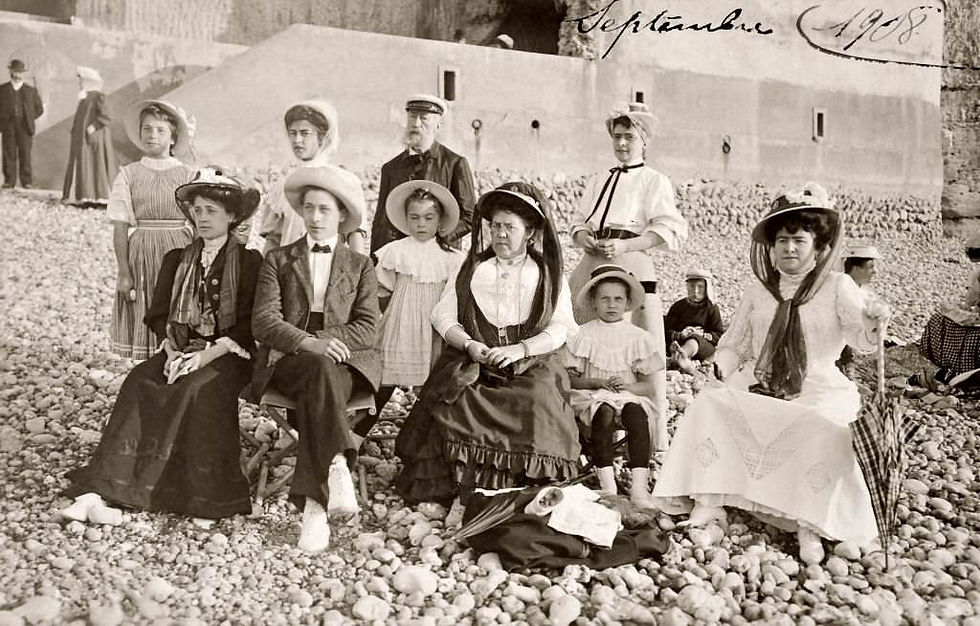





The Playground of the Rich and Famous
From 1900 to the 1930s, Deauville attracted a mix of aristocrats, artists, designers, and celebrities. It became a seasonal hub for the social elite, with elegant ladies strolling along the Promenade des Planches in the latest Parisian fashions and gentlemen in crisp linen suits frequenting the Deauville-La Touques Racecourse.
During the 1920s, Deauville flourished as part of the Roaring Twenties boom. The post-WWI years saw a resurgence of leisure culture, and Deauville was perfectly poised to offer indulgence. Lavish balls, jazz performances, and new luxury hotels drew crowds seeking escapism and pleasure. Gabrielle "Coco" Chanel famously opened one of her first boutiques here in 1913, revolutionizing beachwear and cementing Deauville’s influence on modern fashion.














Between Wars: A Haven and a Stage
Despite the shadow of war looming in Europe, Deauville maintained its charm through the 1930s. It became both a refuge and a stage, where artists, filmmakers, and writers mingled with the upper classes. Its architecture evolved, blending traditional Norman styles with touches of Art Deco, reflecting the changing tastes of the interwar period.
While the glamour was undeniable, Deauville also reflected broader social shifts: the rise of the modern woman, the changing rhythms of travel and tourism, and the tension between old-world aristocracy and a new, cosmopolitan elite.


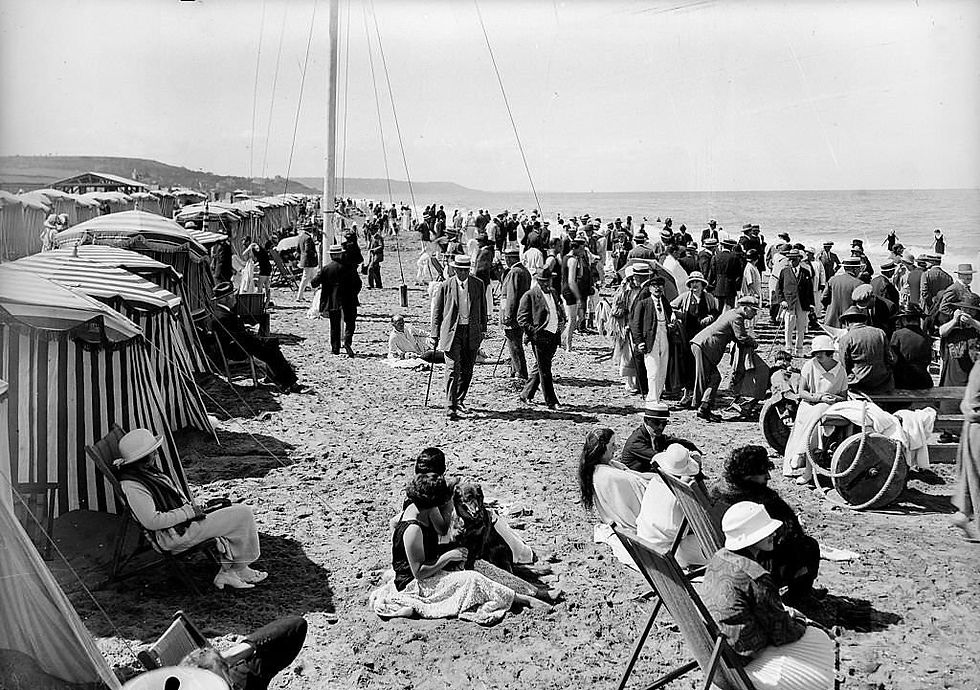





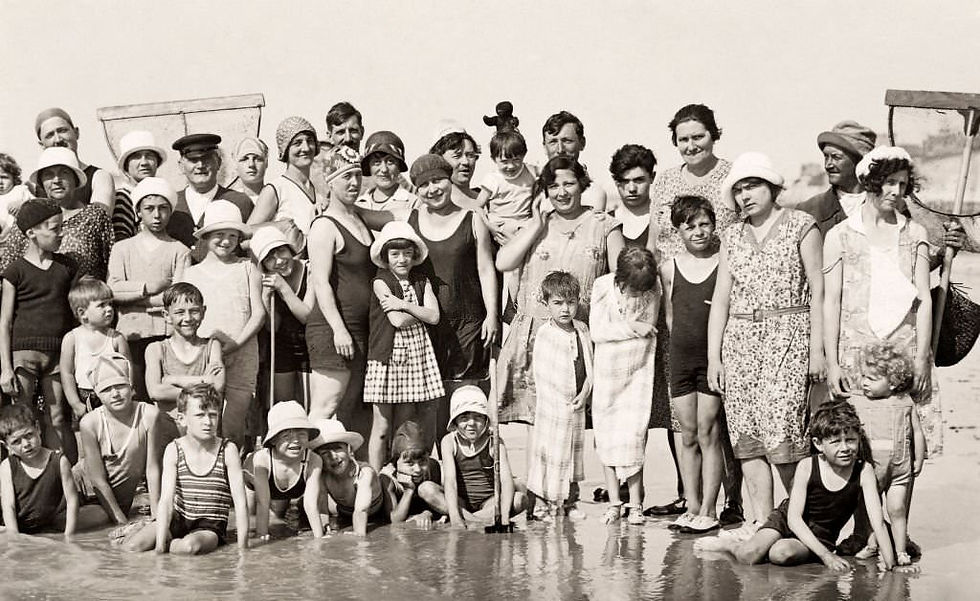






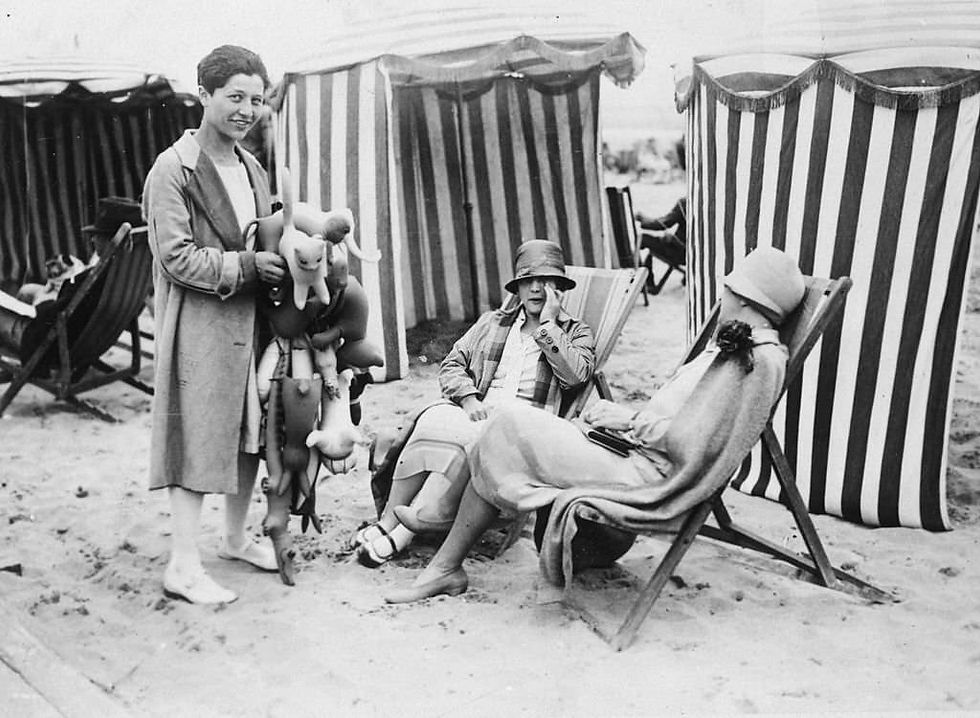









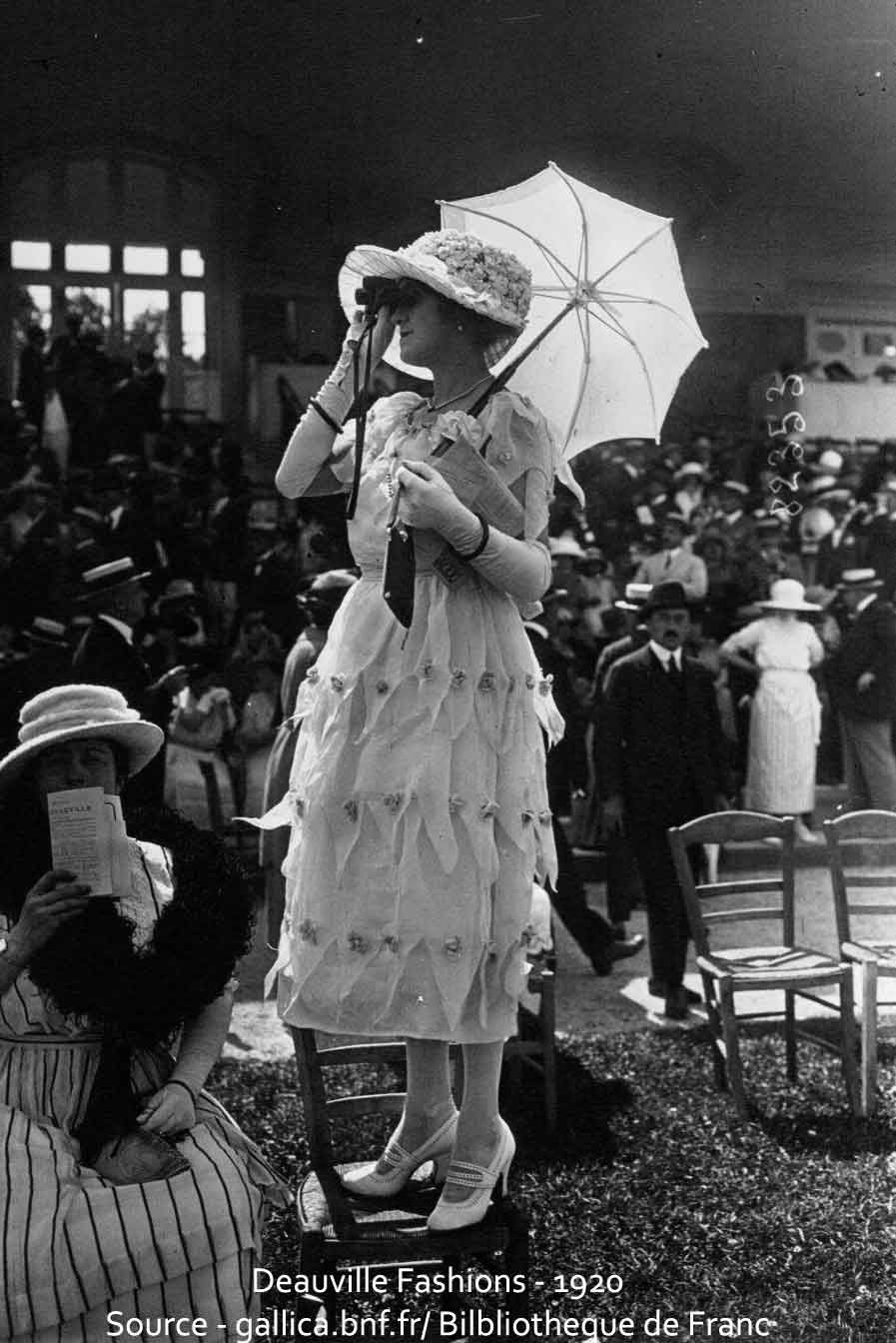

By the 1930s, Deauville had firmly secured its reputation as one of Europe’s premier luxury destinations — a jewel of the Normandy coast, where the lines between culture, fashion, and leisure blurred in the most elegant of ways.


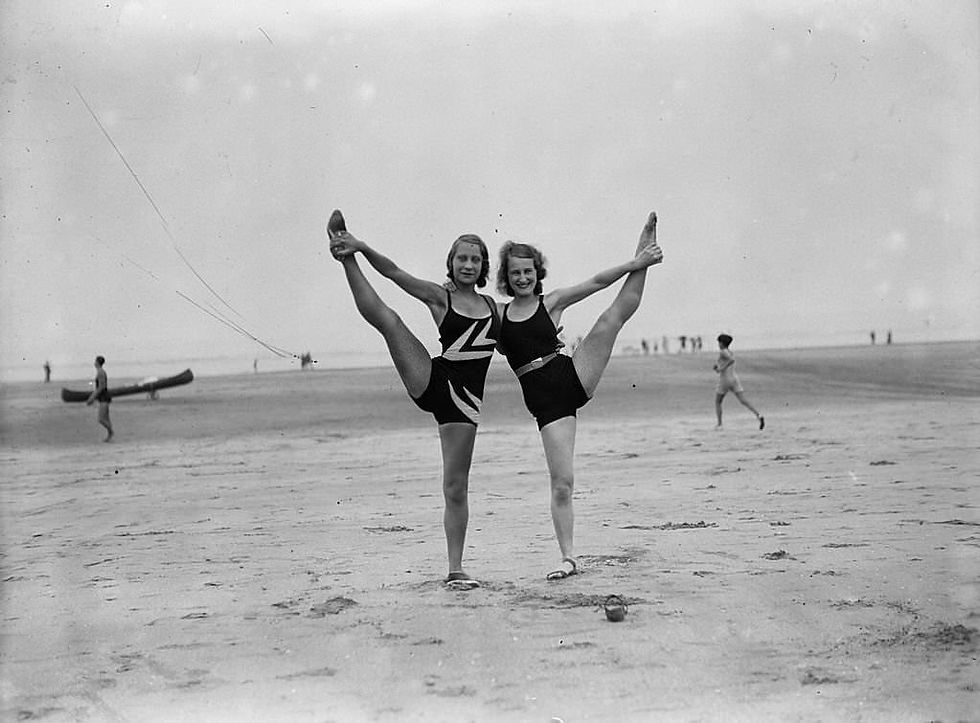
















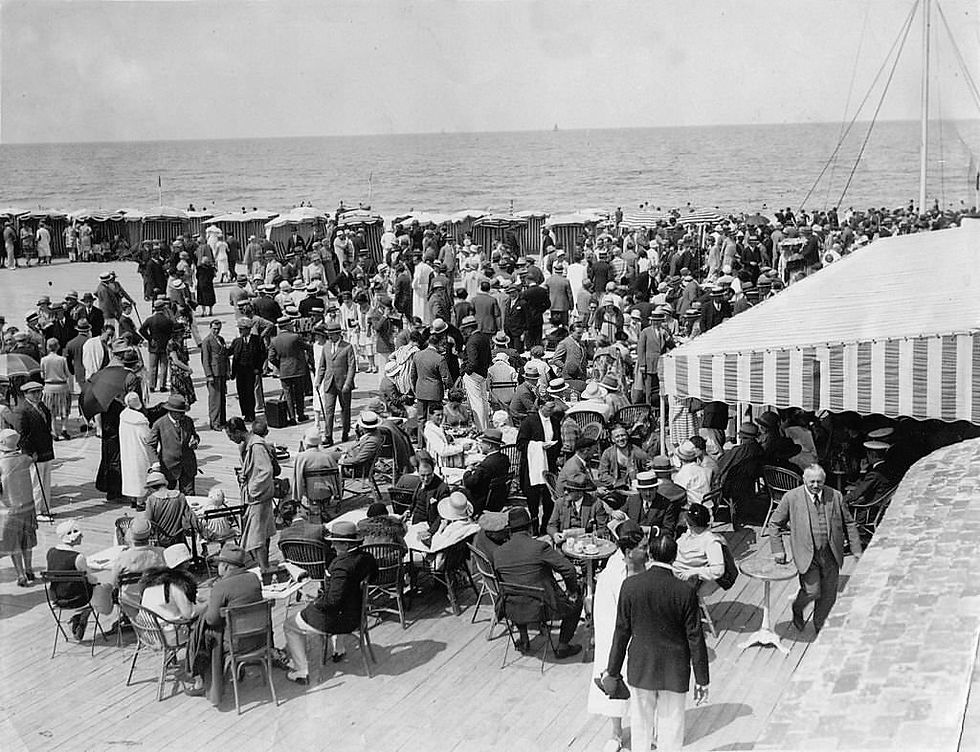








Comments